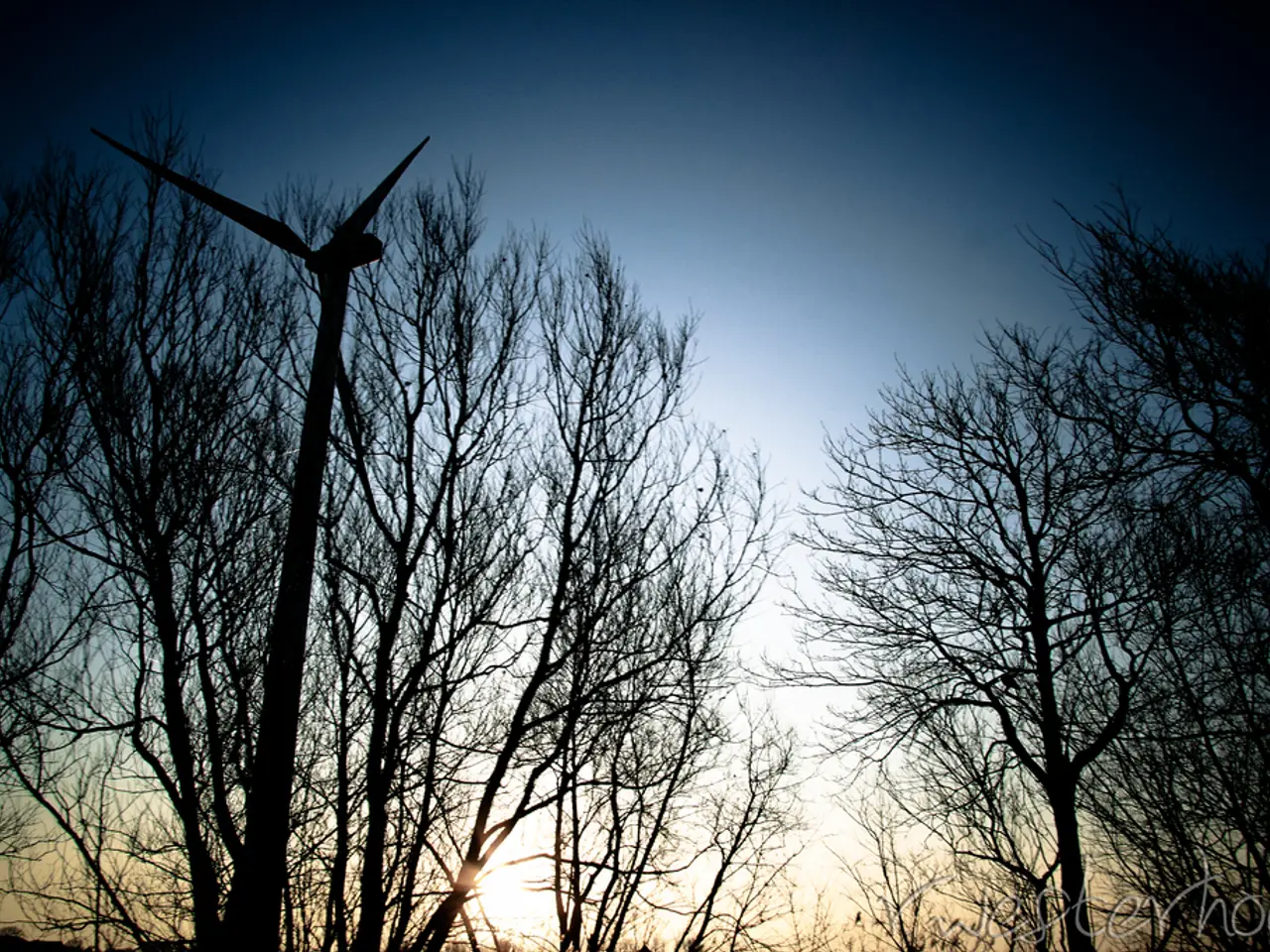High Gas Prices in Western States: A Closer Look
Highest Fuel Costs in the U.S. Located on the West Coast
Gas prices in certain states, such as California, Hawaii, Washington, Oregon, and Nevada, consistently top the charts for being high. This trend is largely due to a combination of environmental regulations, geographic factors, taxes, and market conditions.
Environmental Regulations and Fuel Standards
West Coast states, including California, impose stricter environmental rules that require the use of special summer-blend gasoline formulations. These formulations are costlier to produce and distribute, leading to increased production and refining costs, which are reflected in higher pump prices.
Supply Constraints and Geographic Location
These states often have tight local fuel supplies due to their consumption levels or import reliance. Their geographic remoteness from major oil drilling and refining centers increases transportation costs, further contributing to higher gas prices.
State and Local Gas Taxes
Higher gas taxes in these states significantly add to the per-gallon price. These taxes are used to fund transportation infrastructure but directly impact consumers at the pump.
Market Oil Prices
Although nationwide oil prices affect all states, local prices remain elevated due to the cumulative effect of the factors mentioned above. The global oil market sets a baseline, but local production, distribution, and policies create variation.
Supply Chain and Seasonal Demand
Seasonal shifts such as the switch to summer blend gasoline and supply-chain disruptions can temporarily push prices higher during warm months.
California consistently has the highest gas prices, typically around $4.50 per gallon, followed by Hawaii and Washington with prices slightly lower but still well above the national average (around $3.15 - $3.16 per gallon).
In summary, the combination of strict environmental mandates, geographic and supply limitations, higher state gas taxes, and general oil market conditions primarily drives the elevated gas prices in California, Hawaii, Washington, Oregon, and Nevada.
On a positive note, apps like GasBuddy and sites like the Energy Information Administration offer real-time updates on gas prices, helping drivers find the best deals. Furthermore, states like Texas, Oklahoma, and Mississippi usually have the lowest gas prices per gallon, providing a benchmark for comparison.
[1] Energy Information Administration. (2021). Average retail gasoline prices by state. Retrieved from https://www.eia.gov/dnav/pet/pet_pri_gnd_dcus_nus_m.htm
[2] U.S. Energy Information Administration. (2021). Gasoline prices. Retrieved from https://www.eia.gov/energyexplained/gasoline/gasoline-prices.php
[3] AAA. (2021). Gas prices. Retrieved from https://gasprices.aaa.com/
[4] California Air Resources Board. (2021). Low carbon fuel standard. Retrieved from https://www.arb.ca.gov/cc/lcfs/lcfs.htm
[5] Washington State Department of Ecology. (2021). Low carbon fuel standard. Retrieved from https://ecology.wa.gov/air-quality/climate/low-carbon-fuel-standard
- The high gas prices in California, Hawaii, Washington, Oregon, and Nevada are influenced by a combination of factors including strict environmental regulations, geographic factors, higher state gas taxes, and supply constraints.
- The use of special summer-blend gasoline formulations, which are costlier to produce and distribute, contributes to the increased production and refining costs in West Coast states like California, leading to higher pump prices.
- Technological advancements like apps such as GasBuddy can help drivers find the best gas prices, while states like Texas, Oklahoma, and Mississippi typically have the lowest gas prices per gallon, providing a benchmark for comparison.




